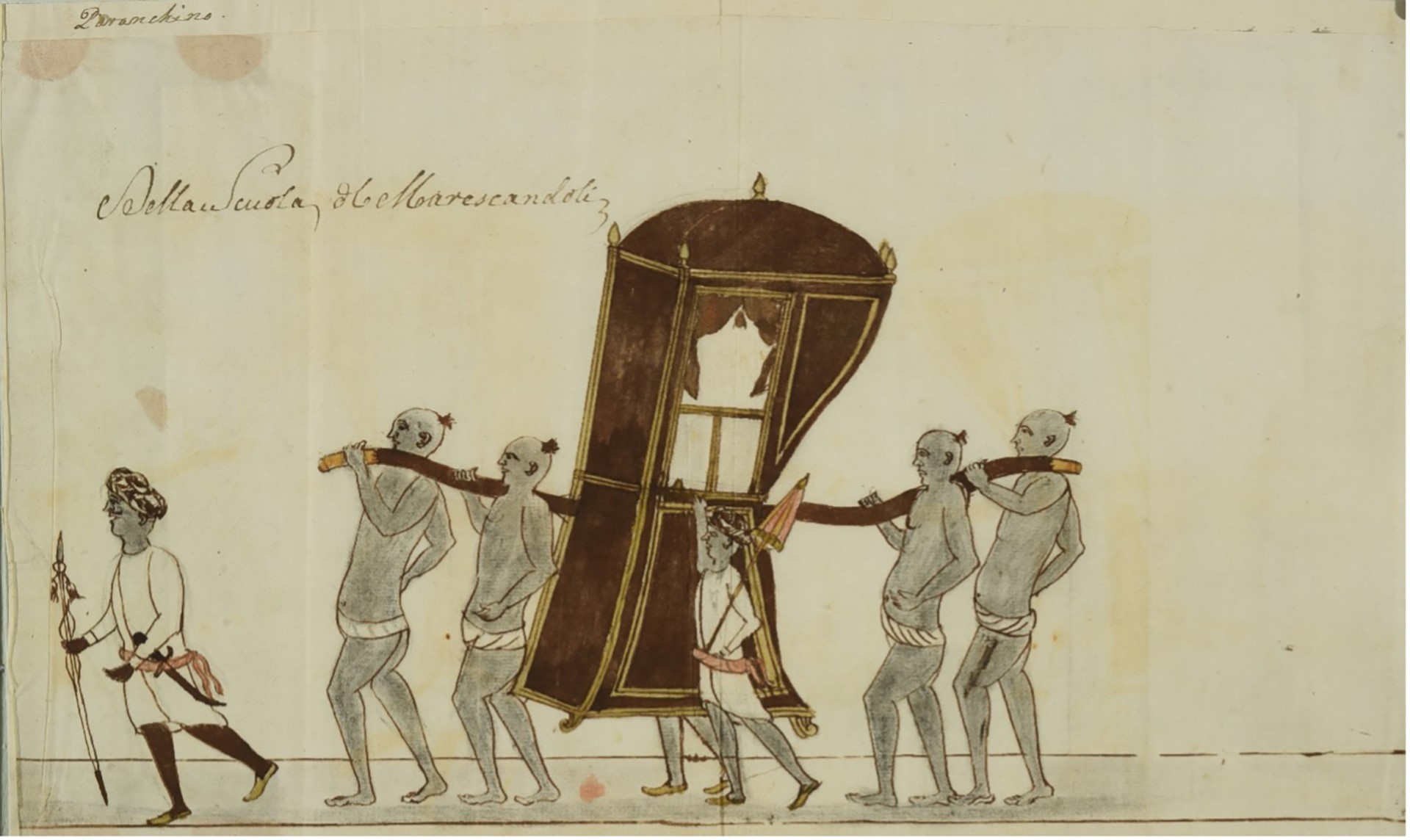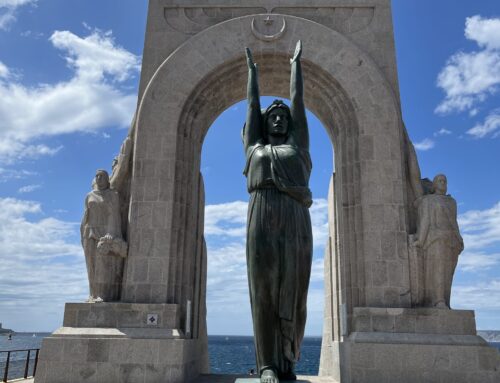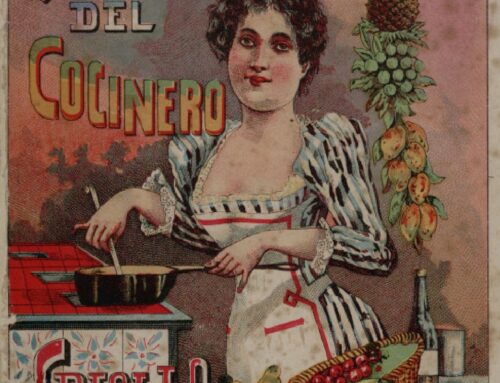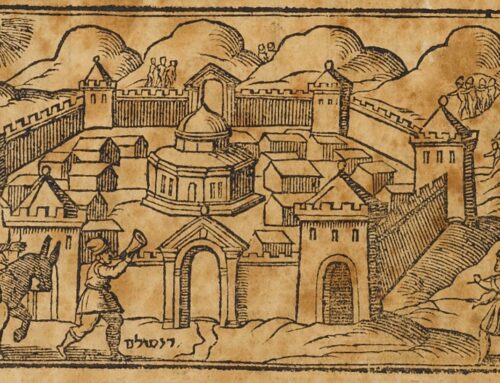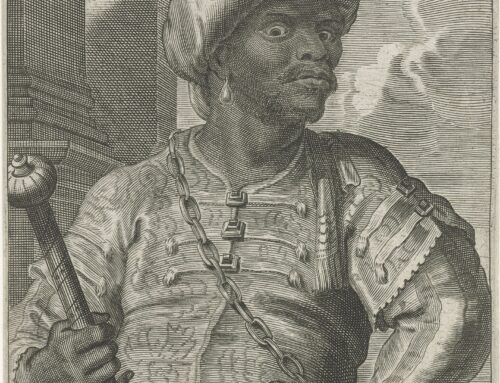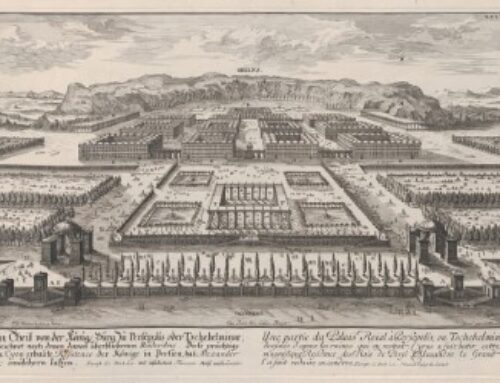At the end of the eighteenth century, many Tuscan seamen periodically landed their ships in ports on the Indian coast. At a certain point, the presence of Tuscan interests in India was so massive that the grand ducal government established a Consulate General for the East India ports in these remote regions, protecting both Tuscan and Austrian interests, owing to the kinship ties that bound the two sovereigns. More importantly, between 1779 and 1783, an attempt was made to revitalize the Imperial Company of Ostend. This enterprise, supported by Vienna with the participation of several Livornese trading houses, attempted to open up the route to India and China; however, it was stopped by the wars of the revolutionary era and the blockade of maritime traffic. It is a moment in the history of Tuscan trade that deserves more careful investigation. Indeed, very little is known about these voyages and even less is known about what the seamen who made these crossings saw while sailing, or during their stay in these faraway lands. However, the recent discovery of the Francesco Montemerli papers (1760s–1820) in a family archival fond kept in the Florence State Archives will shed more light on some of these aspects. This small but rich collection of documents, consisting of, among other things, maps, six diaries of erudite notes and fifteen memoirs wrapped inside a large nineteenth-century binder, represents an important discovery for the study of trade and social links between the Mediterranean and the Indian Ocean at the end of the eighteenth century. In this bundle of small sketchbooks, of a purely personal nature, Montemerli did not just collect impressions of his travels but sketched a few drawings on unusual subject matters, on which he expressed some significant thoughts.
Francesco Montemerli was apparently born in the 1760s in the small hamlet of Campiglia Marittima, in the Maremma Pisana, into a family of the local elite involved in the politics of the Principality of Piombino in southern Tuscany. From his adolescence, his father drove him to seek social affirmation by pursuing the path of commerce, so his new home became Livorno, where he succeeded in becoming commander of a number of ships owned by the Ricci and Recanati families. Inclined towards classical readings and historical studies, Montemerli composed a long “Giornale Particolare”, dedicated to Nina, a young gentlewoman, probably one of the daughters of the shipowner Giuliano Ricci, in which he gave a detailed description of a voyage he had made from the port of Livorno to India between 1787 and 1788. The author had proposed “to deal in this [report] with the greatest possible diffusion of all that is geographical, political and historical, relating not only to the cities and places where I will go personally but also to those of which it will be possible to accumulate news […]. I therefore promise you to attend indispensably to this matter during my permanence in Calcutta”. Montemerli divided his manuscript into two separate dossiers: in the first he wrote a lengthy account of the journey, while in the second he provided an extensive glossary, in alphabetical order, making special reference to the main cities, politics, society and traditions of India. In other words, a sort of Bildungsroman imbued with moral values, flaunted sentiments and rhetorical contrivances, in which the writer presented his travel experience as a fundamental moment of his growth through various vicissitudes until the inevitable joyful end of his return home, in September 1788.
According to the scrupulous account offered by Montemerli, then 28 years old, the turbulent journey to India began on 12 March 1787 with his abrupt escape from Pisa to the port of Livorno, while gallantly conversing in the house of the Ricci family, owners of his ship. The expedition set off the next day and after a month, on 13 April, Montemerli arrived in Cadiz, where he was welcomed by Paolo Greppi, the Tuscan consul in that port. Although he only stayed for six days, the seaman offered a lengthy description of the Spanish harbour. In fact, 16 pages of the memoir are dedicated to the principal aspects of Cadiz, from the composition of its society to opportunities for sociability, up to the Casa de la Camorra, a place in the centre of the city which was built as a theatre by the Italian trading community in the second half of the eighteenth century, and then refounded in the 1780s by a hundred or so foreign merchants as a club for gentlemen where they did business, played cards and billiards, and organized balls.
At around five o’clock on the afternoon of 19 April 1787, Captain Montemerli left the Mediterranean to set sail for the East Indies, noting in his memoir that “solitude and weeping were the only relief for my spirit, which was utterly despondent”. The crossing sped ahead and on 21 September, after six months of navigation, Montemerli’s ship docked on the coast of Pondicherry. There, part of the merchandise was unloaded, and the crew replenished their supplies before setting off again for Bengal, which they penetrated along the Bhagirathi river, ascending it until the expedition arrived in Calcutta. On 1 November 1787, Montemerli was welcomed with great honours and given command of the ship The Royal Archdukes of Tuscany by Charles De Pelgrom, a Belgian merchant acting as Tuscan and imperial consul there. This is how Francesco Montemerli begins his account about his stay in Calcutta, during which he came into contact with the British commercial and diplomatic circles. Through a letter of introduction given to him by the British Consul in Livorno, he met Charles Grant, a famous merchant and politician, who introduced him to the Governor General of India, Lord Cornwallis, who then presented him to the entire British establishment present in Calcutta at the time.
Those spent in India must have been pleasant days for Captain Montemerli. Until then having lived in a small hamlet of the Grand Duchy of Tuscany, he found himself surrounded by a truly multicultural climate, but under the constant protection of the reassuring cloak of the British government. In the pages dedicated to his stay in Calcutta, he wrote to Nina about his daily routine, straddling the line between merchant and gentleman:
up at the earliest hour, walk before the sunshade is needed; breakfast at some friend’s, trading till noon, or business relating to my employment, then writing, chatting till two o’clock, at three or four o’clock lunch in town, or in the garden; siesta, reading, thinking, and never sleeping till five o’clock; trot, or ‘paranquinata’, and walk till evening; conversation, dinner, and at midnight to bed.
Here, then, was the fulfilment of his promise to Nina to report the most curious facts he saw during his journey: “what is a Paranquinata? It is a term that is definitely not in the Calepino!”, wrote Montemerli, imagining the question of perplexed readers as they hastened to consult the dictionary, using the renowned work composed by Ambrogio Calepio in 1502 as a synonym. Indeed, this would not have been an entirely meaningless question from a young woman growing up in Pisa in the late eighteenth century. The palanquin, however, also known as a sedan chair, had a very long history. The term palanquin derived from the Sanskrit word palanki, meaning bed or couch, and was later renamed “Palan Queen” by European explorers, in particular English ones. Dating back to ancient times, the palanquin was mainly used as a means of transport for high-ranking personalities in various cultures, especially in Asia. Its shape differed from China to Persia and it was a luxurious and comfortable means of transport for those who sought protection from their surroundings. In general, a palanquin consisted of a covered platform, carried on the shoulders of its bearers using a long pole. With curtains to preserve the traveller’s privacy, they could be more or less richly decorated, symbolizing the status and wealth of the passenger. In the “Giornale Particolare”, Montemerli reproduced two variants of the palanquin in drawings, the first a longer (Fig. 1), classical version, the second shorter (Fig. 3) and more European in taste. These two graphic representations of the palanquin, together with a small map of Ceylon, are the only illustrations that Montemerli included in the “Giornale Particolare”. It is therefore all the more noteworthy that two of the three drawings in his detailed memoirs were of Indian sedan chairs.

Figure 1. Florence State Archives, Carte Gondi, 262, “Giornale Particolare”, vol. I, 30. © Archivio di Stato di Firenze
The fascination of Francesco Montemerli, a global navigator raised in a small town, with such a means of transport for purely overland travel may seem paradoxical, but the visual impact the palanquin had on European travellers in the East in the early modern age was profound. In their first sixteenth-century expeditions, Portuguese and Spanish explorers had encountered sedan chairs of various kinds not only in India (Fig. 2), but also in Mexico and Peru. They were imported to Spain at the end of the sixteenth century, and then started to become commonplace in the European social life of the period, first of all in France and later in England. During his long voyage to India, between 1665 and 1667, Jean de Thévenot (1633–1667) wrote a rather lengthy report on the palanquin, which to this day is probably one of the best descriptions we have of this type of vehicle, covering the richness of the structure’s decorative apparatus to its specific construction. In practice, a bed carried by means of a single pole, this was its main difference from the litter, which was more commonly used in the western world. Whereas the litter consisted of a sling or cabin attached to two poles and was reserved almost exclusively for the transport of royalty or, in religious ceremonies, for carrying heavy statues, the palanquin consisted of a chest suspended above a single bamboo pole and was used to carry prestigious travellers.
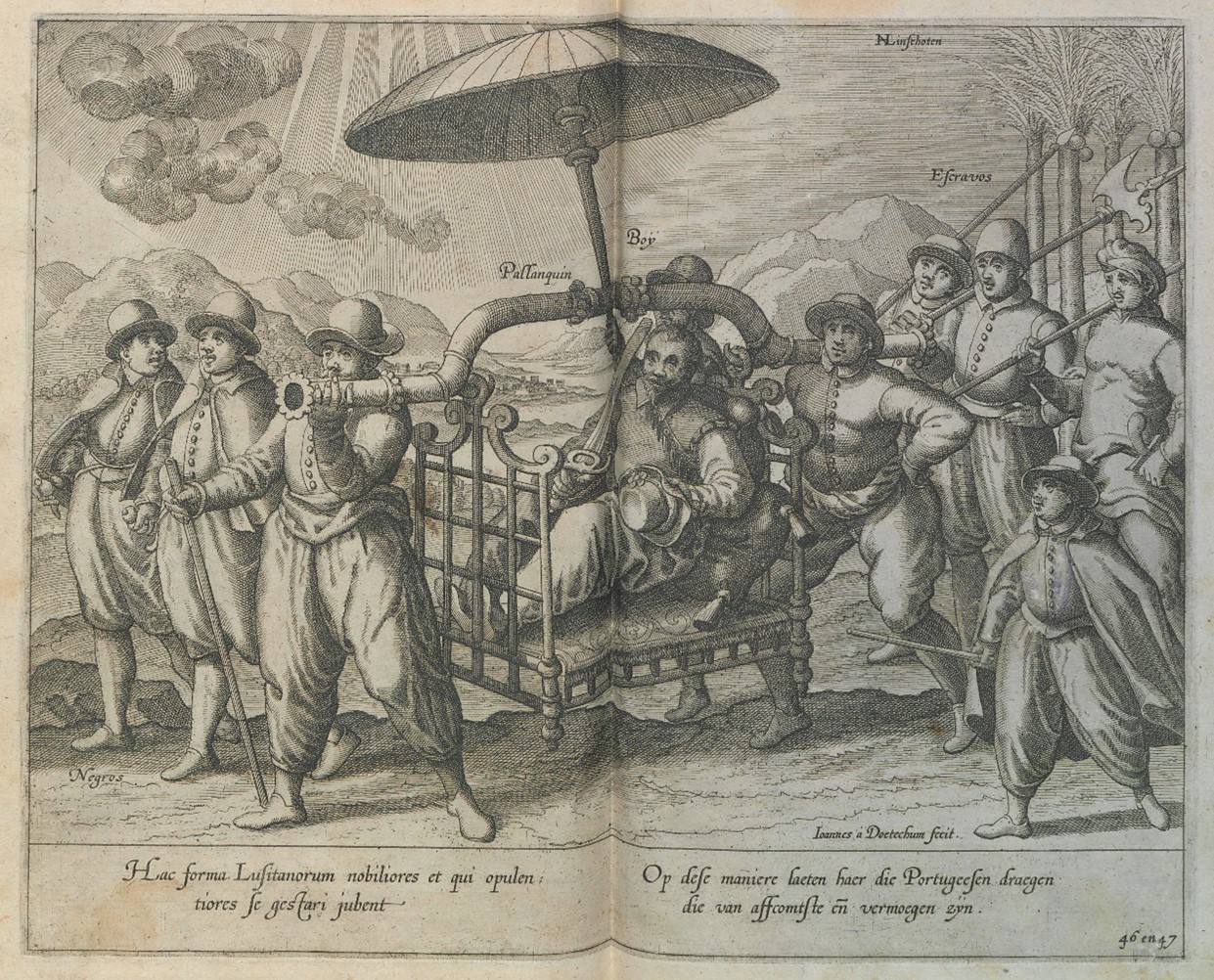
Figure 2. Illustration from a 1605 Dutch edition of Linschoten’s Itinerario. Source: Wikimedia, https://commons.wikimedia.org/wiki/Category:Itinerario_(Jan_Huygen_van_Linschoten)#/media/File:%22Hac_forma_Lusitanorum_nobiliores_et_qui_opulen_tiores_se_gestari_jubent…%22_(25767345953).jpg
While Thévenot had described the decorations and technology of this exotic means of transport, Montemerli, who was a seaman but above all a merchant, dwelled, with some emphasis, on the perception of social status aroused by the palanquin traveller, pointing out that a European merchant of any substance could not avoid travelling by such a means if he desired to do business with his Indian counterpart:
Any respected person, living in Calcutta, as well as in Pondicherry, or any other place in the East Indies known to me, cannot dispense himself from keeping a palanquin, which is a kind of compass: whoever were to dispense with it, besides easily incurring an illness, owing to the great heat, which he would suffer by walking on foot, would have to renounce all commerce with the distinguished class, and would not be safe from all the derision, mockery and disrespect from the blacks.
Thus, the palanquin was an instrument to be flaunted around the streets of Calcutta, to display social prestige and enable an economic understanding between merchants of different cultural origins. However, despite the impact this “portable bed” had on the western imagination, with the arrival of Europeans and their gradual settlement in Asia, these vehicles underwent modifications to provide greater comfort for these new, more corpulent trading partners. Originally, Indian palanquins were adapted to the reclining position commonly used in the country, but Europeans, used to sitting on a chair, had difficulty with this body position, so new models were built to meet their needs.
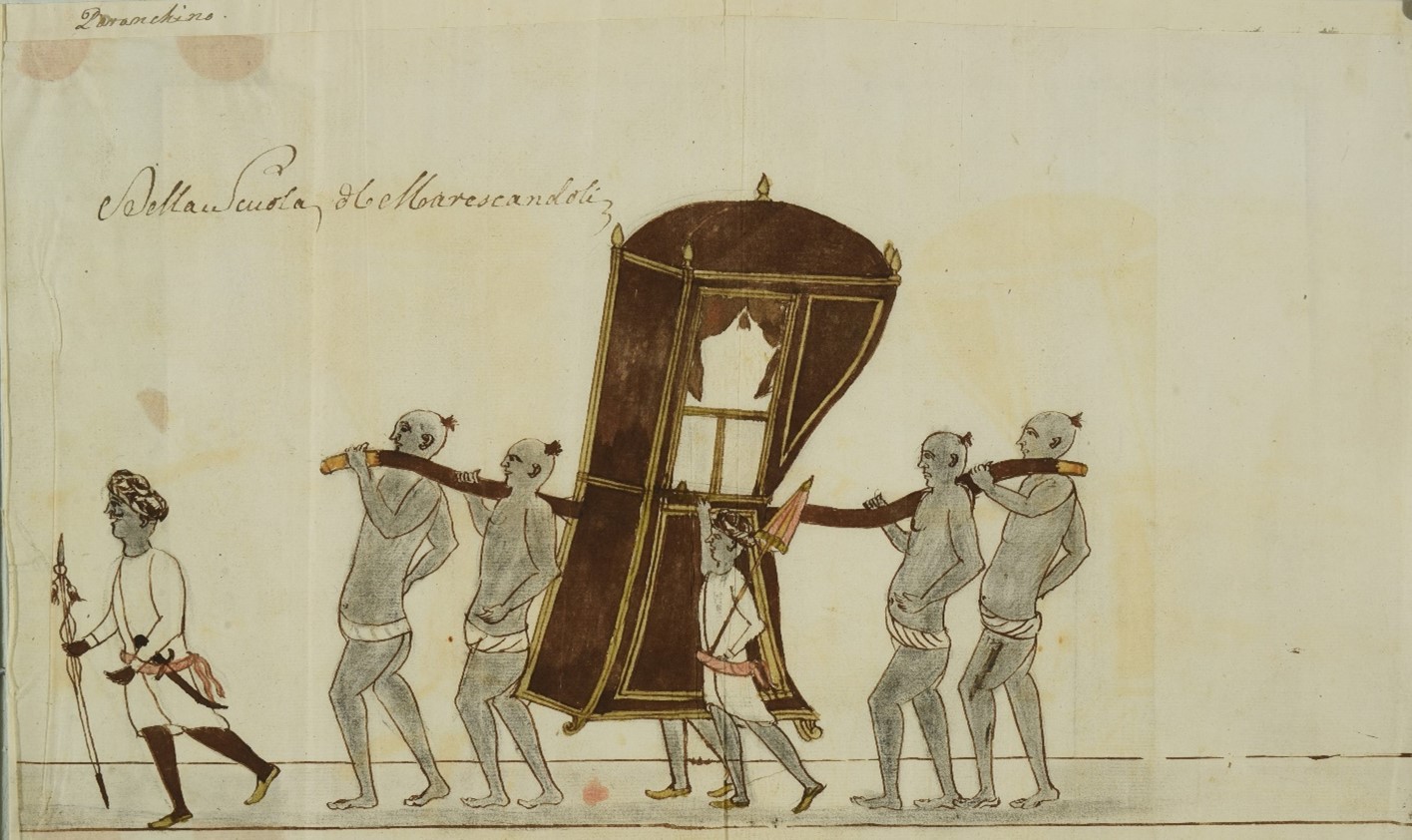
Figure 3. Florence State Archives, Carte Gondi, 262, “Giornale Particolare”, vol. I, 31. © Archivio di Stato di Firenze
Montemerli continued his account by describing the necessary entourage that usually escorted the palanquin and its passenger, consisting of pole bearers, as well as torch, weapon and parasol bearers. An interpreter also acted as waiter when the group was stationary or returning home. Montemerli referred to the palanquin pole bearers as pack animals, an integral part of the travelling vehicle:
Here, then, is the train from which no foreign gentleman can exempt himself when he leaves home. Four blacks called in Calcutta ‘berà’, in Pondicherry ‘boyes’, who carry the paranquin; a ‘pion’ running forward with a kind of halberd in his hand, and a dagger at his side, who is ordered to make way (the crowd, which at any hour populates the streets of this vast city, is unspeakable), one who bears a parasol; another who bears the torch in the evening, or ‘machal’ in their language; and finally at the counter a ‘daubachy’, who serves as an interpreter and performs the office of waiter in the house. It is incredible how the velocity at which you are transported and the manner in which these bipedal beasts shake make for a more unified, and more comfortable, peristaltic motion than if you were on horseback; it is a powerful antidote to indigestion. Although you love to stroll, it is a necessary rubric to have such a retinue with you: I will end by observing that if the simplest and most foreign gentleman is obliged to take this train, imagine what the luxury and pomp in which the tradesmen and the so-called servants of the Company live demand.
Travelling in a palanquin was considered extremely attractive by western travellers. After Indian sedan chairs were mainly used to transport important personalities between the second half of the sixteenth and the eighteenth century, at the turn of the nineteenth century it became common practice for European merchants, especially those involved in the British East India Company, to make extensive use of such vehicles. Using them as transport to haats and bazaars in order to do business with Indian merchants, they proved themselves to be reliable and economically sound interlocutors, considering the means needed to maintain such transportation to move around the city’s streets. How these artefacts were seen and perceived, in short, was as important a part of their consumption as how they were used. In the second version of the palanquin sketched by Montemerli, it is evident how the taste and needs of the European communities settled in India had conditioned the design of the means. Although the sedan chair remained fixed to a single bamboo pole, just like the classical palanquins, the structure changed from carrying a couch to a cabin. Nevertheless, the two litter-like poles were never adopted in India. It was a characteristic of an increasingly global civilization: the Indian sedan chair, the palanquin, had conformed to the custom of the new European masters, but the support had remained traditional, adapted to the bearers’ customs and mentality.
References
Abraham Hyacinthe Anquetil-Duperron, Zend-Avesta, ouvrage de Zoroastre (Paris: Tilliard, 1771).
Gaetano Bonifacio, “Marinai e mercanti livornesi nell’Estremo Oriente (1788–1802)”, Bollettino Storico Livornese I, no. 1 (1937): 7–49.
Nandini Chaturvedula, “On the Precipice of Ruin: Consumption, Sumptuary Laws, and Decadence in Early Modern Portuguese India”, Journal of World History 26, no. 2 (June 2015): 355–84.
Jean Deloche, Contribution to the History of the Wheeled Vehicle in India (Pondichéry: Institut Français de Pondichéry, 2014).
Douglas Dewar, Bygone Days in India (London: John Lane The Bodley Head, 1922).
John Henry Grose, A Voyage to the East Indies (London: S. Hooper, 1772) (first edition 1758).
Jan Huygen van Linschoten, Itinerario, voyage ofte schipvaert, naer Oost ofte Portugaels Indien inhoudende een corte beschryvinghe der selver landen ende zee-custen met daarin ook de Beschryvinghe van de gantsche custe van Guinea en het Reys-gheschrift vande navigatien der Portugaloysers in Orienten (Amsterdam: Cornelis Claesz, 1596). [Wikimedia, https://commons.wikimedia.org/wiki/Category:Itinerario_(Jan_Huygen_van_Linschoten)#/media/File:%22Hac_forma_Lusitanorum_nobiliores_et_qui_opulen_tiores_se_gestari_jubent…%22_(25767345953).jpg]
Yogesh Sharma, “From Pondicherry to Surat: The Travels of Francois Martin”, India International Centre Quarterly 30, no. 3/4 “Journeys Heroes, Pilgrims, Explorers” (Winter 2003–Spring 2004): 122–36.
State Archives of Florence, Carte Gondi, 262, “Giornale Particolare”, vol. I.
Jean de Thévenot, Voyages de Mr de Thevenot, contenant la relation de l’Indostan, des nouveaux Mogols et des autres peuples et pays des Indes (Paris: Chez la Veuve Biestkins, 1684).
Biography
Matteo Calcagni works on trade, mobility and informal diplomacy in the early modern age, with a focus on the Tuscan merchant patriciate in the global economy of the long seventeenth century. He is currently researching the presence of Tuscan traders in the late-seventeenth-century Eastern Mediterranean.


